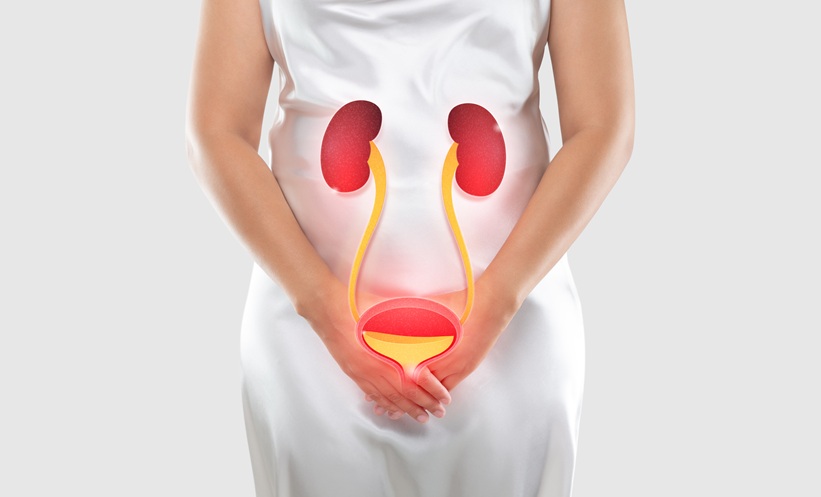INTRODUCTION
Chronic kidney disease (CKD) has become a major public health problem, affecting over 9.1% of adults globally.1,2 Frailty is marked by increased vulnerability to stressors due to a decline in physiological reserves and functioning across multiple organ systems.3 General and abdominal obesity are prevalent, with established associations to frailty in the elderly.4 However, few studies investigated these associations in patients with CKD, yielding inconsistent results.5,6
MATERIALS AND METHODS
This cross-sectional study analysed data from the National Health and Nutrition Examination Survey (NHANES, 2003–2018). Frailty was evaluated by the 36-item frailty index. General obesity was defined as BMI above 30 kg/m2; abdominal obesity was identified if waist circumference (WC) reached 102 cm in males and 88 cm in females. The association of general and abdominal obesity with frailty were analysed using weighted multivariate logistic regression and restricted cubic splines. The interaction of general and abdominal obesity with frailty was examined.
RESULTS
Out of 80,312 participants, 5,604 adult patients (median age: 71 years; 42% males) with CKD were included in this analysis, with a median estimated glomerular filtration rate of 57.3 mL/min/1.73 m2. The prevalence of general obesity was 43.3%, while abdominal obesity was observed in 71.5% of the population. Twenty-one percent were frail with general obesity, and 32% were frail with abdominal obesity. Overall, the prevalence of frailty tended to increase with age, whereas the prevalence of general and abdominal obesity tended to decrease with age.
Neither general nor abdominal obesity was associated with frailty. However, there was an interaction between general and abdominal obesity, and frailty. Compared to individuals with normal BMI and WC, those with both general and abdominal obesity, rather than only one, exhibited significantly increased odds of frailty (odds ratio [OR]: 1.53; 95% CI: 1.20–1.95). General obesity was associated with being frail only when patients with CKD had abdominal obesity (OR: 1.59; 95% CI: 1.08–2.36). When treating WC as a continuous variable, a considerable association of WC (for every 5 cm increase) and frailty was observed even after adjusting for BMI in fully adjusted model 3 (OR: 1.09; 95% CI: 1.02–1.17; P=0.01). By employing the restricted cubic splines model, the authors observed an approximately linear relationship between WC and frailty. Further subgroup analysis based on sex identified threshold values for WC to prevent frailty at 122 cm for males and 103 cm for females, respectively.
CONCLUSIONS
The considerable prevalence of frailty and its potential link to adverse outcomes underscore the significance of understanding the factors contributing to frailty within this specific population. There may be an interaction between general and abdominal obesity, and frailty in patients with CKD. Interventions aimed at preventing frailty should consider both aspects.





